1650 - 1701
View of Paris with the Nesle Tower and the Louvre
oil on canvas, cm. 29.5x41.5
In the 17th century, during the so-called Dutch Golden Age, Dutch art was among the most acclaimed in Europe and the Western world: after a period during which artistic traditions were closely linked to the religious world, the new lifestyle brought with it new sources of inspiration and originality.
This gave rise to new forms of inspiration: landscapes, seascapes or city representations, group portraits, scenes of everyday life and still lifes, partly inspired by the details painted within the largest religious works, especially in Flanders.
During the Golden Age, trade expanded to such an extent that wealthy merchants began to become collectors, often purchasing works that painters produced en masse and at a modest price, such as art to decorate homes.
Painters, therefore, specialized in genre painting, including city views.
Pieter Casteels II, also known as The Younger (ca. 1650-1701) was a Flemish painter who lived and worked in the city of Antwerp.
Part of a large family of Flemish painters active in the 17th century, son of Peter I, he in turn had two painter sons, Peter III and Frans III Casteels.
There is little information about his life: the only bibliographical source found sees him registered in the corporation of Saint Luke between 1673-74 and a participation in the Saint-Germain fair, much sought after by Flemish painters of the time.
Married to Elisabeth Bosschaert, he specialized in painting city views or imaginary port scenes where it is often the large number of characters that animate the composition, characterized mainly by brown and gray brush strokes, where the sky is often cloudy.
In his works we find recurring elements such as towers and particular architectures that allow the observer to immediately recognize the artist's hand. His works can be found today at the Louvre Museum, the Carnavalet Museum, the Besançon Museum, the Quimper Museum and the National Museum of Fine Arts in Buenos Aires.
According to his pictorial production, one could hypothesize a trip to France in the footsteps of the famous Jean-François Millet, one of the most important Flemish landscape painters who worked in France in the mid-seventeenth century but there are no sources on this: the painter could have observed other people's paintings or drawn from a fervent imagination.
The spectacular side of Casteels' works are the characters that teem with life: in the View of Paris, within brush strokes of brown and gray tones that leave room for a cloudy but serene sky, with shades of blue caressing it, you can see many small figures finely and meticulously dressed, some in noble clothes, others in peasant clothes, who seem to be walking peacefully in nature.
The work, in good condition, shows the viewer a Paris divided by the Seine with the Louvre on the right and the Nesle tower on the left, now disappeared, one of the corner towers of the enclosure of Philip Augustus, built at the beginning of the 13th century.
A lively view, which sees the docking of many boats: the Seine, with its brackish water, is represented with shades of blue and yellow, animated by the waves that the boats cause on the surface.
On the left, some men seem to be camping, others appear intent on loading their boats; some peasant women, recognizable by the red touches of their aprons, converse animatedly with seated men, while a richly dressed noblewoman is placed at the center of the painting, where the viewer's eye lingers in search of relief after a long wandering among details.
This coming and going of the crowd that almost seems to flow like the waves of the Seine, is submerged by the rich nature that surrounds it: as in other works of his, Peter Casteels immerses the viewer in carefully studied views, frozen in time - see the ivy that embraces the tower - in a confluence of dynamism, vivacity and at the same time staticity, a memento mori typical of landscape painting.
Reference bibliography:
S. Segal, K. Alen, Dutch and Flemish Flower Pieces: Paintings, Drawings and Prints Up to the Nineteenth Century, Brill editore, Leida 2020










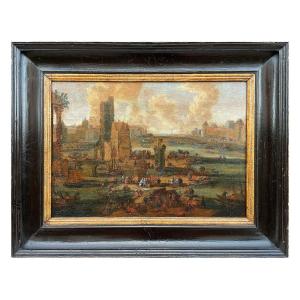








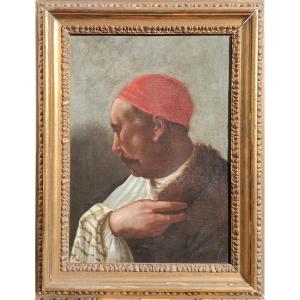
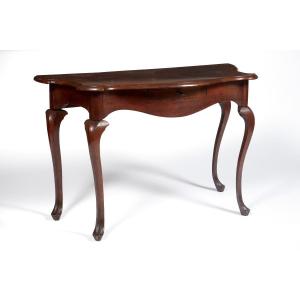

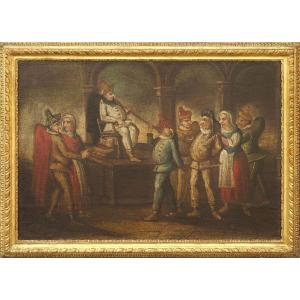
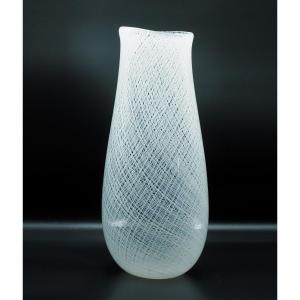
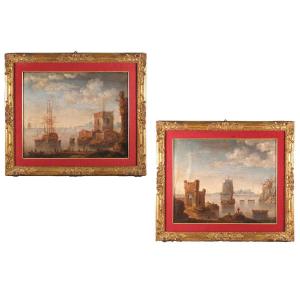
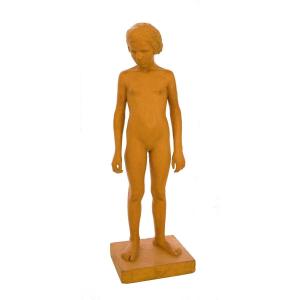
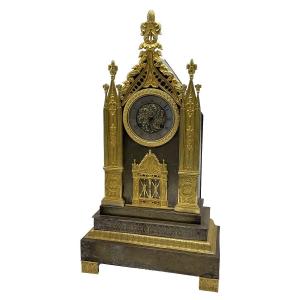
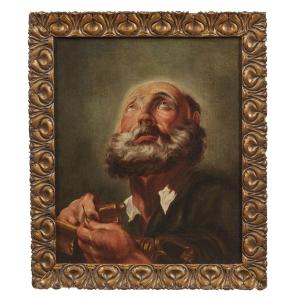





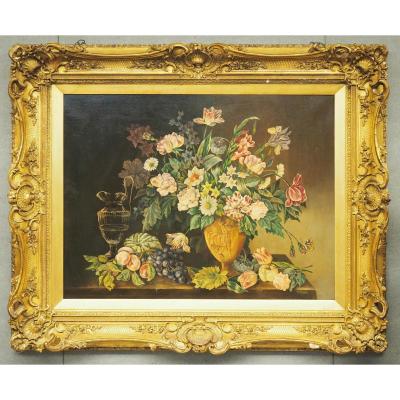

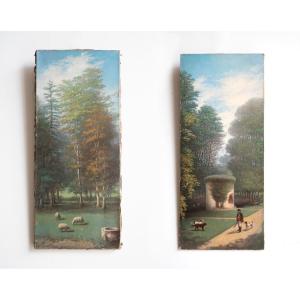






 Le Magazine de PROANTIC
Le Magazine de PROANTIC TRÉSORS Magazine
TRÉSORS Magazine Rivista Artiquariato
Rivista Artiquariato